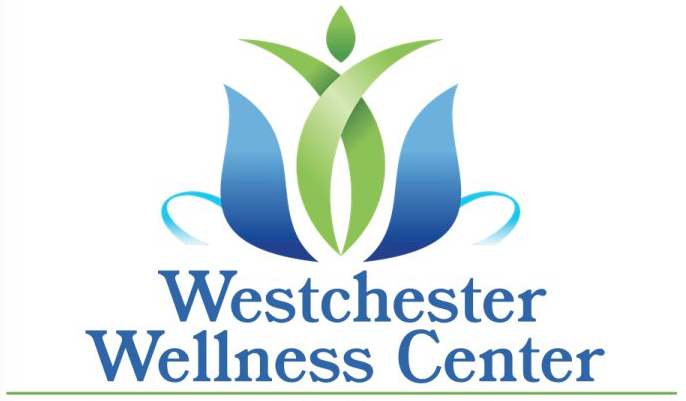
The health of our lungs isn’t necessarily talked about a lot when general health is discussed. Typically, cardiovascular health, chronic pain, cholesterol and stroke risk tend to be the more common topics. Many don’t think about lung health until there is a problem and then improving it becomes priority number one.
And it isn’t just lung cancer that is the biggest concern. There are a host of other respiratory diseases that can cause problems. Chronic Obstructive Pulmonary Disease or COPD has jumped up the list of lung issues causing airflow blockage and breathing related problems. According to the Centers for Disease Control, COPD was the fourth leading cause of death in 2018 with almost 15.7 million Americans being diagnosed.
There are some respiratory ailments that can be prevented but others might be due to poor lifestyle choices (like smoking) or due to genetics. Many of the drugs used to ease the symptoms of these issues come with dangerous side effects. Acupuncture is an effective and natural way to boost your lung health.
Acupuncture approaches each patient individually so treatment protocols for the same issue will almost certainly vary even if the same issue is being treated. Acupuncturists may also use nutritional changes and herbs to help ease and correct respiratory conditions.
Acupuncture, or Traditional Chinese Medicine (TCM) believes that the body is full of energy called Qi and when Qi is out of balance, a whole host of health issues can occur. Acupuncture helps to regulate this flow of energy throughout the body to achieve balance.
There are three main acupuncture points that are addressed when dealing with respiratory issues. Kidney 27 is located bilaterally on the chest, just below the collarbone. This point is used to open the lungs, encourage full breathing and to reduce coughing. Lung 5 can be found at the end of the crease in the elbow, just outside of the tendon. This point opens the airways and the throat while also reducing coughing and wheezing. Ren 17 is in the middle of the chest, right between both nipples. This point opens the chest, loosens congestion, stops coughing and encourages full breathing.
And the researcher backs up these claims. A 2012 study published by the National Health Research Institute shows that acupuncture can improve breathing ability in COPD patients. According to the study, patients received daily acupuncture treatments for 12 weeks using the same acupuncture points on each patient. The study found that patients receiving regular acupuncture treatments show significantly better scores rating their ability to breath.
Our entire bodies function more optimally when we nourish it properly. We all know certain foods can help with certain things (i.e., the anti-inflammatory diet, the heart healthy diet, the low cholesterol diet, etc.) like building immunity, lowering inflammation and contributing to a healthy heart. Believe it or not, there are foods that can help to open the lungs and increase circulation. Garlic and onions are anti-inflammatory and help to fight off infections. Chili peppers open the nasal passages, stimulate the mucus membranes and fight off bacteria. There are also five key herbs for lung health: astragalus, cordyceps, Ophiopogon, Ashwagandha, and Eleuthero coccus.
If you suffer from a respiratory illness like COPD, emphysema, a chronic cough or just want to make sure your lungs are functioning as best as possible, talk to your acupuncturist about your treatment options. When our lungs aren’t balanced, it can lead to many other health issues when we don’t get the oxygen we need. Your acupuncturist will do a full health history and talk to you about your concerns and health goals. Make an appointment today to boost your lung health and get your whole body back in balance.

